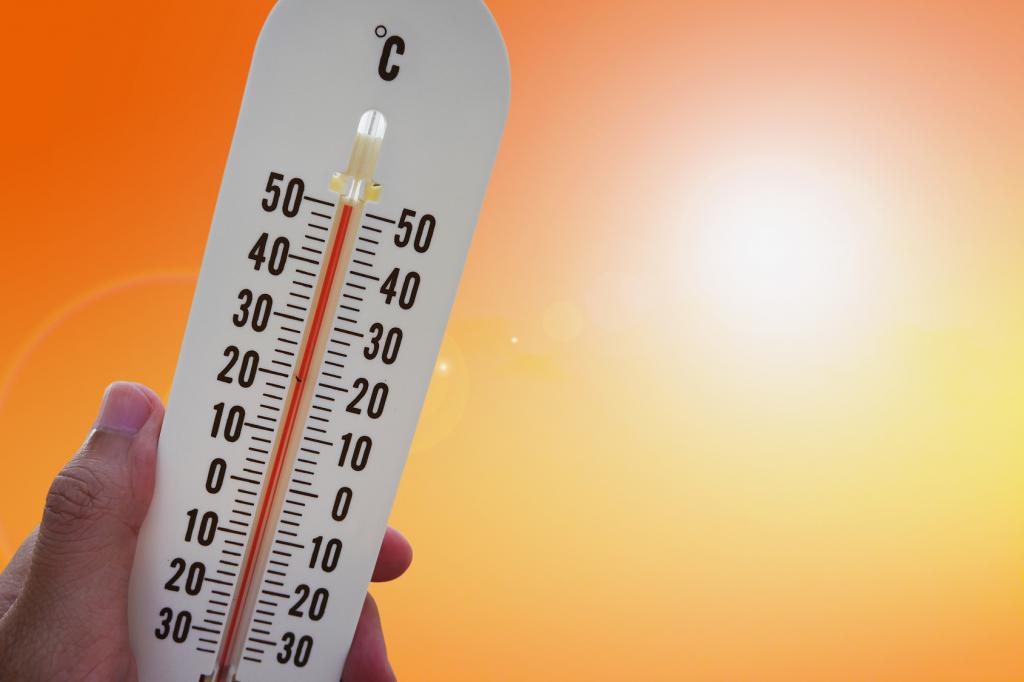Washington, D.C., 12 July 2019 (PAHO) – In view of the current heatwaves in Europe and predictions that this phenomenon will hit various parts of the Americas, the Pan American Health Organization/ World Health Organization (PAHO/WHO) is urging countries in the Region to be prepared, due to the impact that this could have on peoples’ health, including the risk of death.
During the southern hemisphere’s summer of 2018-2019, seven countries in the Americas (Argentina, Brazil, Chile, Mexico, Paraguay, Peru and Uruguay) were affected by heatwaves, a phenomenon never seen before in the Region. The heatwaves that have had the greatest impact since 2000 were the one in Brazil in 2010 that caused the death of 737 people, and the one in Argentina in the summer of 2013-2014 that caused 1,877 deaths and left 800,000 people with no power, which increased heat stress in that population. According to health authorities in the United States, heatwaves are the natural phenomenon that cause the highest number of deaths in that country.
Weather forecasts for North America, Central America and the Caribbean predict heat waves during the summer of 2019. This could increase drought-induced stress, lead to forest fires, and have harmful effects on human health.
Contingency plans to address heatwaves
Due to the situation, PAHO has developed a guide to help countries in the Region formulate contingency plans to address heatwaves. This guide provides recommendations that the health sector and meteorological agencies can implement to prepare for and better respond to this threat, promote health, prevent the adverse effects of heatwaves, treat affected people, and save lives.
The document stresses that heatwave contingency plans should be able to determine the extent of the threat, with alert activation procedures, a description of roles and functions, and intra- and inter-agency coordination mechanisms.
The document also highlights that countries should strengthen the epidemiological surveillance of heat-related morbidity and mortality, the capacity of health services (training of staff, improvements in the design of new hospitals, and equipping of existing hospitals in high-risk areas), and enhance the actions of local authorities, the media, and communities in terms of inter-agency response measures, prevention measures, and self-care.
The impact of heatwaves on health
Exposure to heat causes severe symptoms such as heat exhaustion and heat stroke (a condition which causes faintness, as well as dry, warm skin, due to the inability of the body to control high temperatures). The majority of heat-related deaths are due to the worsening of cardiopulmonary, renal, endocrine and psychiatric conditions. Other symptoms include edema in the lower limbs, heat rash on the neck, cramps, headache, irritability, lethargy and weakness.
People with chronic diseases that take daily medications have a greater risk of complications and death during a heatwave, as do older people and children.
Reactions to heat depends on each person’s ability to adapt and serious effects can appear suddenly. This is why it is important to pay attention to the alerts and recommendations of local authorities.
Preventing the harmful effects of heat
Stay tuned to weather alerts and forecasts.
Avoid sun exposure between 11 a.m. and 4 p.m.
Do not leave children or older persons in parked vehicles
Do not exercise or engage in intense outdoor activities without proper protection
Drink water every 2 hours, even if you aren’t thirsty.
Keep the home cool by covering windows during the day and using air conditioners or fans during the hottest hours.
If you have a chronic disease and take drugs, consult your doctor.
What to do if there are signs and symptoms of heat exhaustion or heat stroke:
Heat stroke is a life-threatening medical emergency. The individual should receive medical care in a hospital
Stop all physical activity.
Call an ambulance immediately.
Go to or move the affected person to a cool site.
Use any physical means to facilitate cooling (such as cooling the head and body down with water and fanning the person to reduce their temperature).
Warning signs in moderate and severe cases:
Heat exhaustion:
Heavy sweating
Cool, pale skin
Temperature < 40º C Dizziness or faintness Headache Rapid breathing Weak, rapid pulse Heat stroke: Red, hot, and dry skin Temperature > 40ºC
Throbbing headache
Unconscious or in a coma
Rapid, strong pulse

Share
Read more

